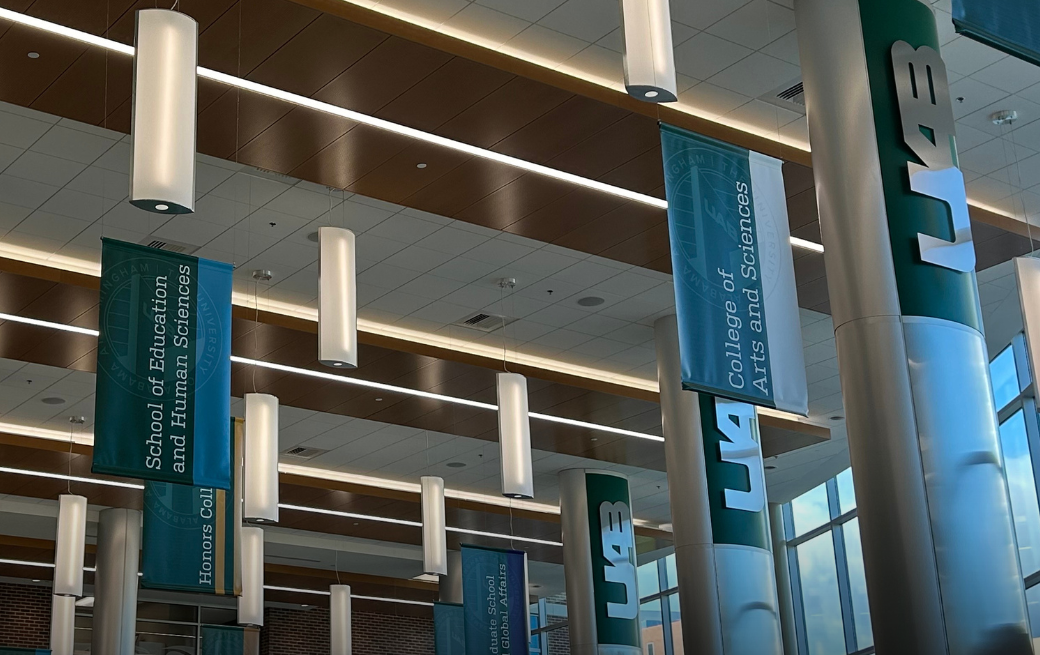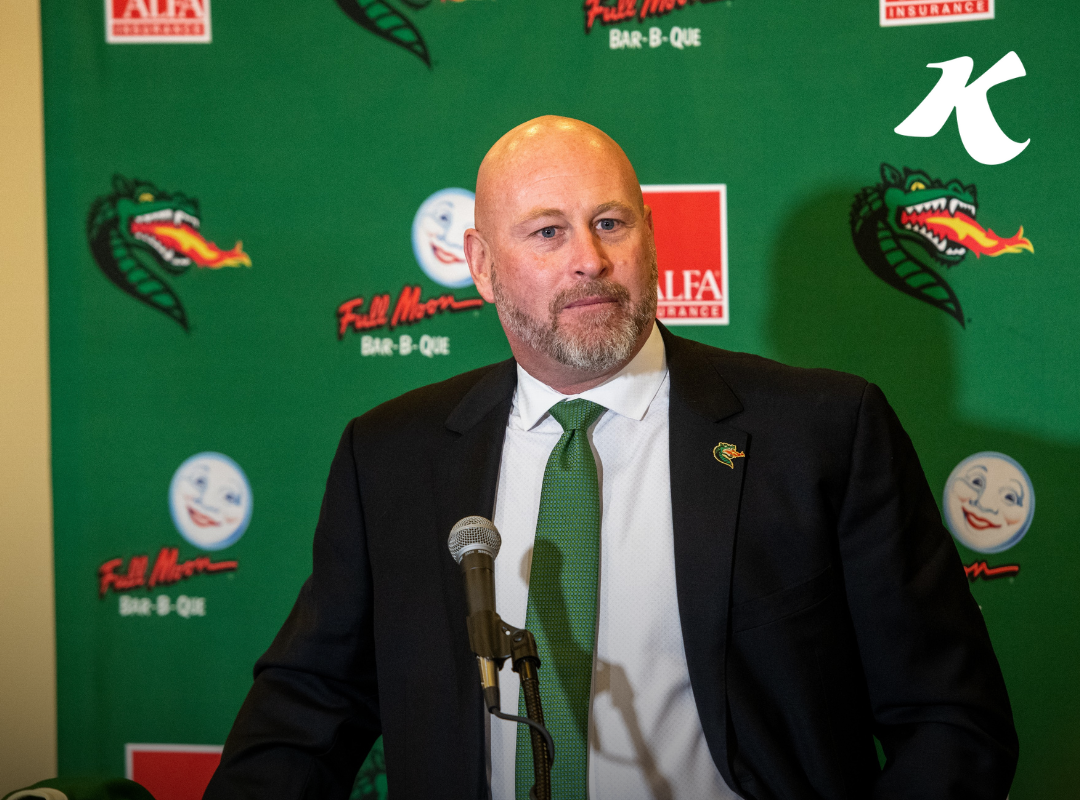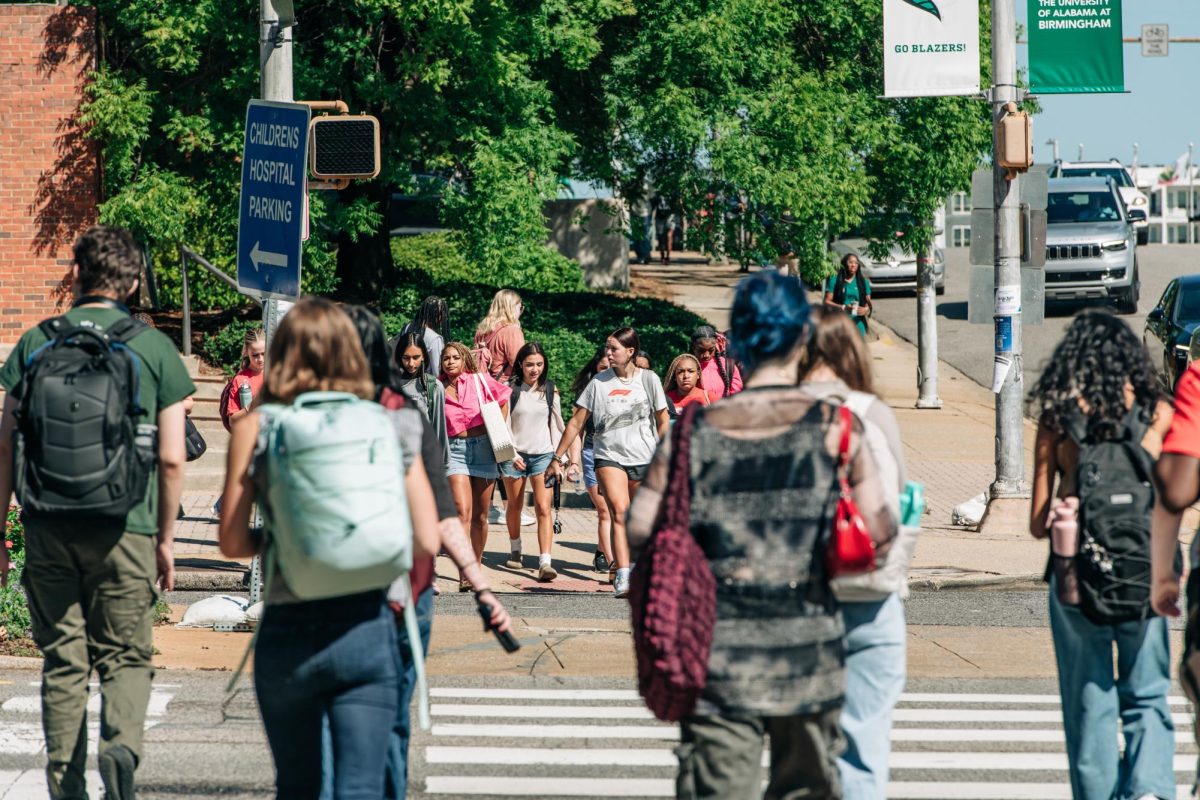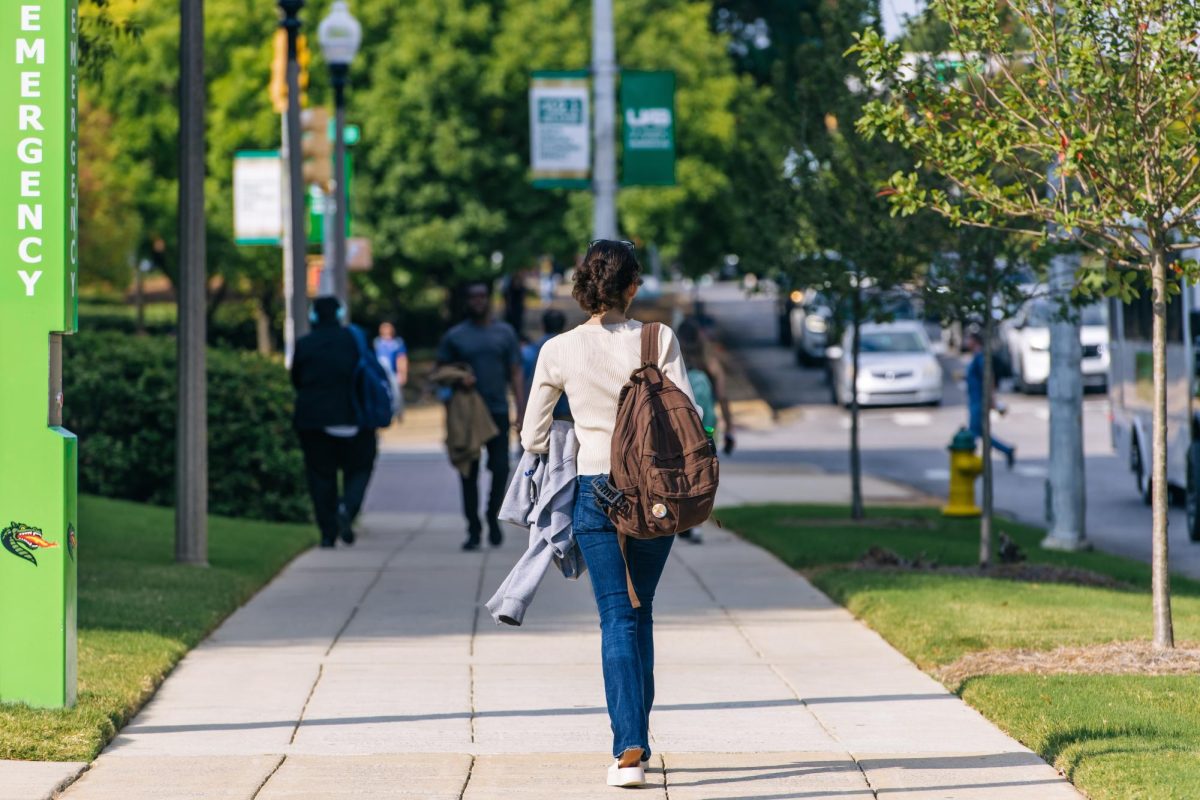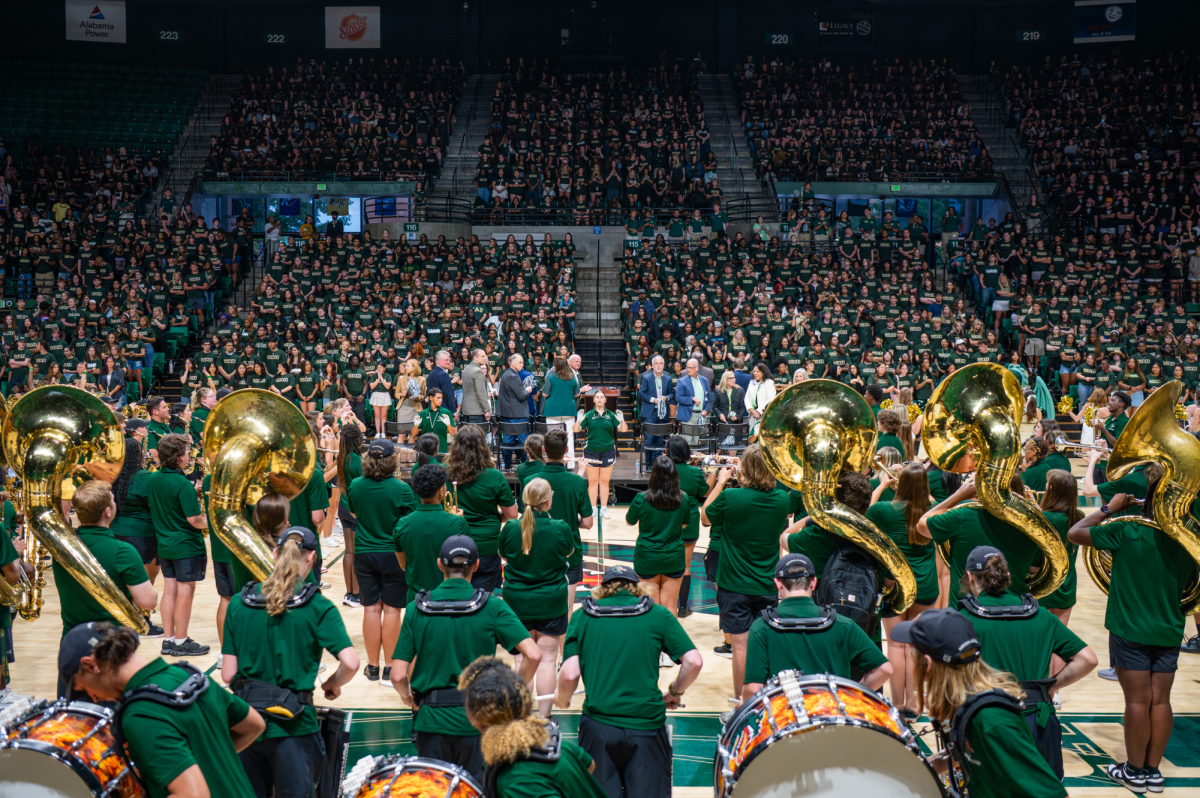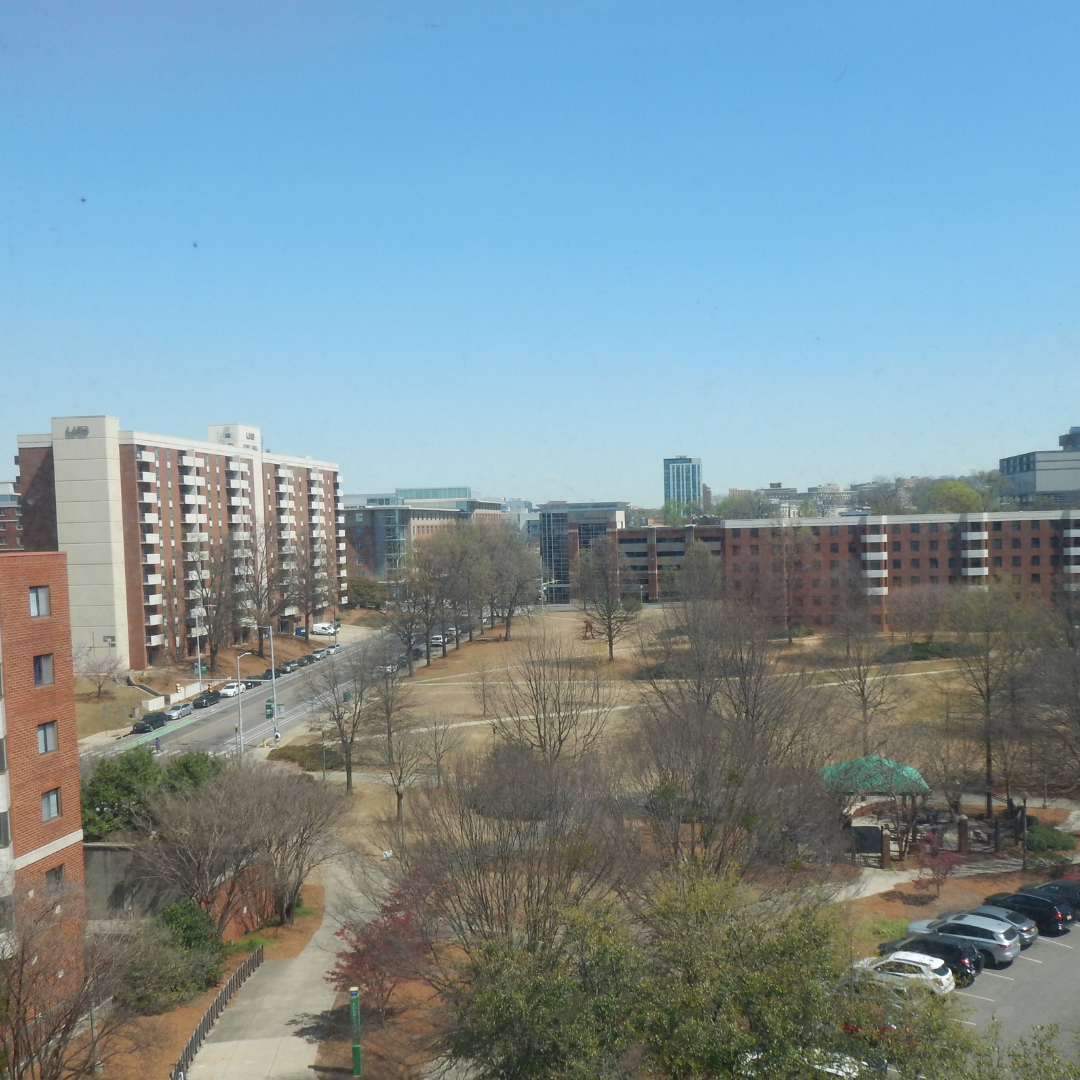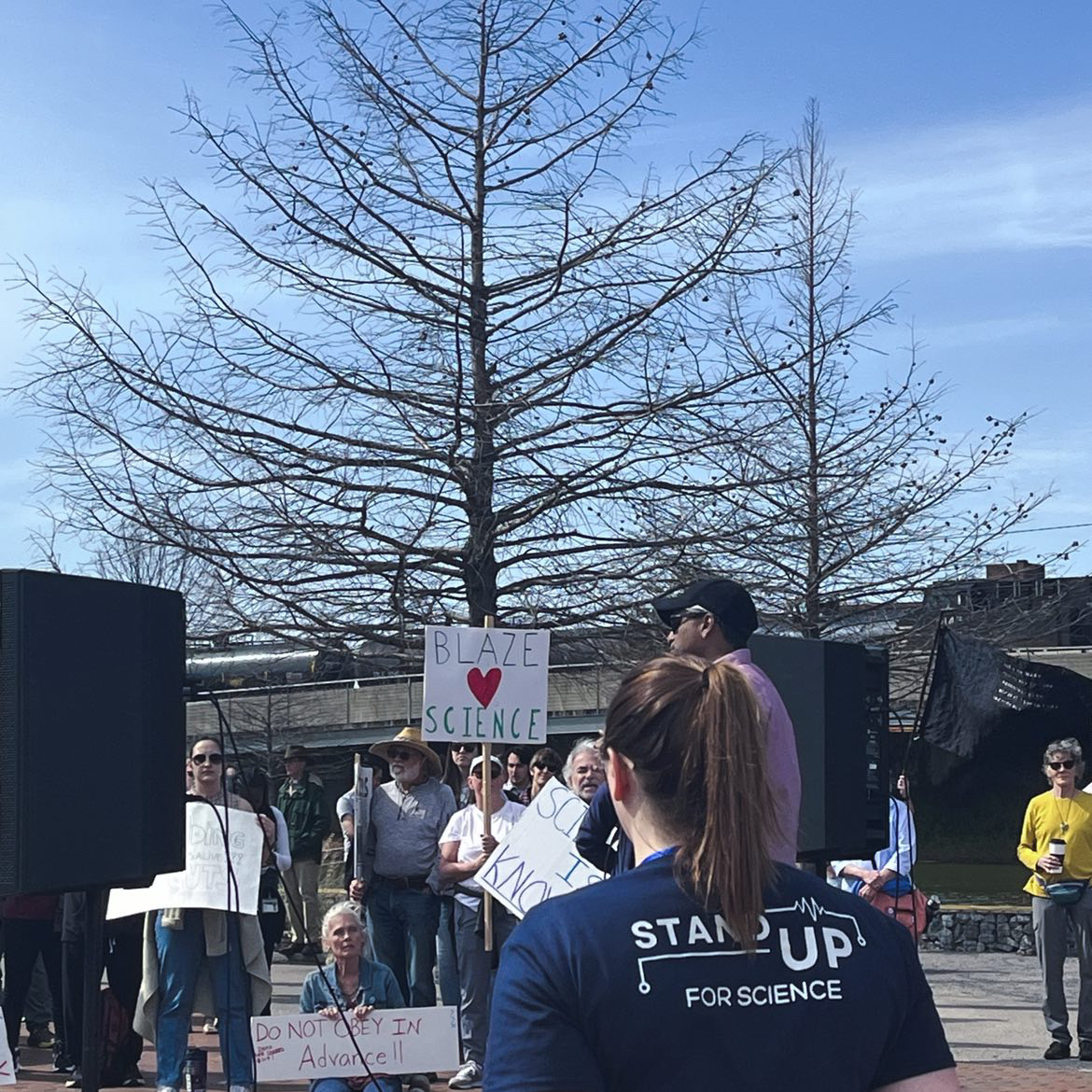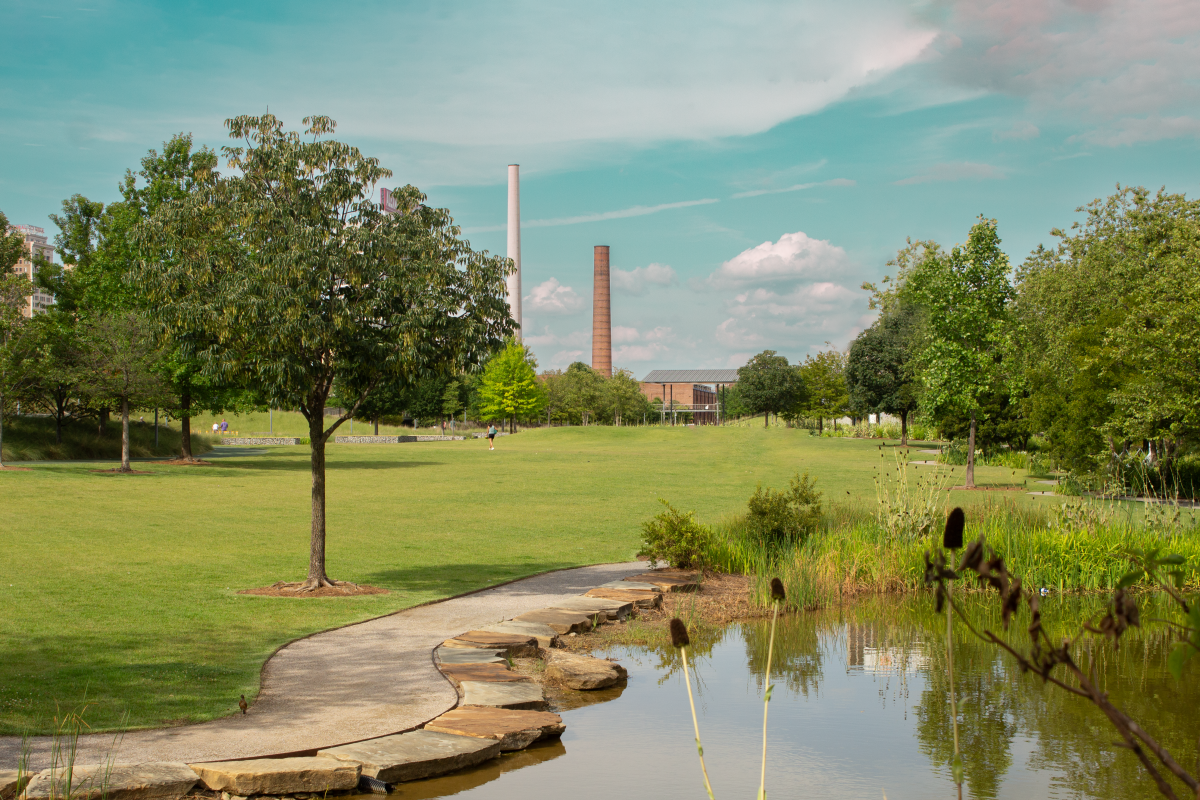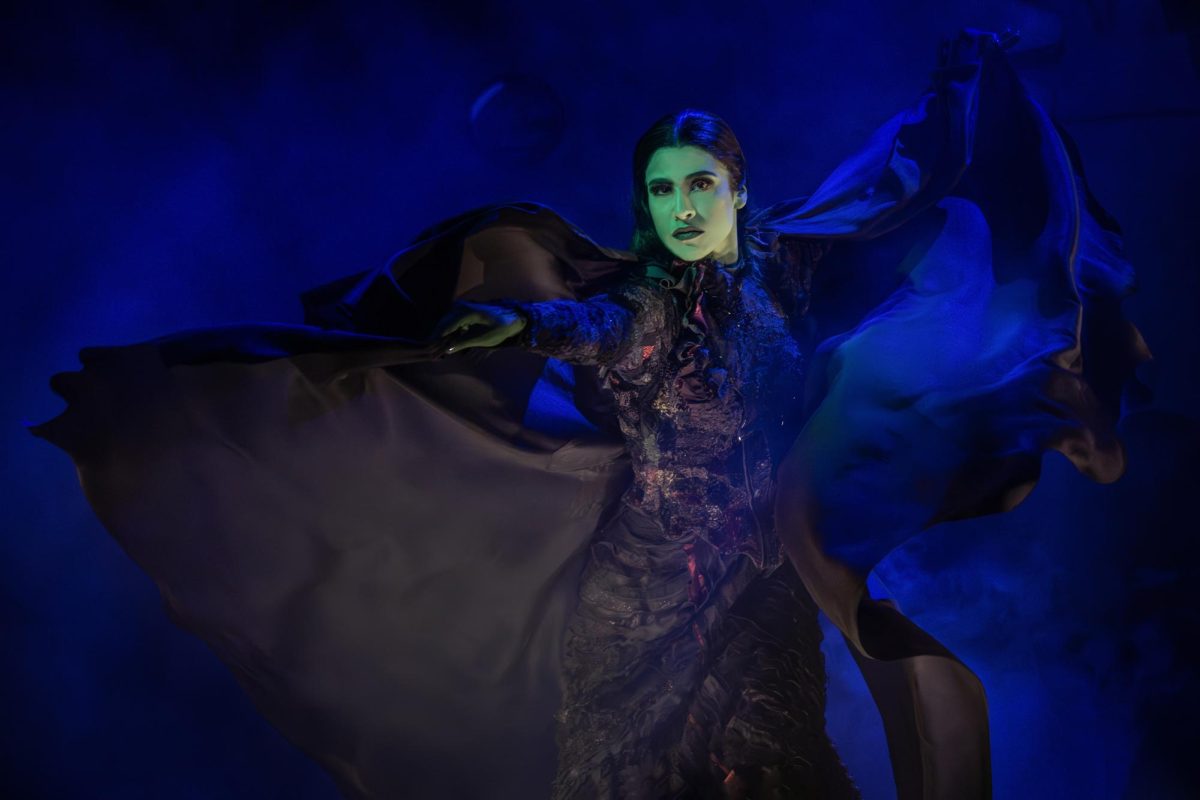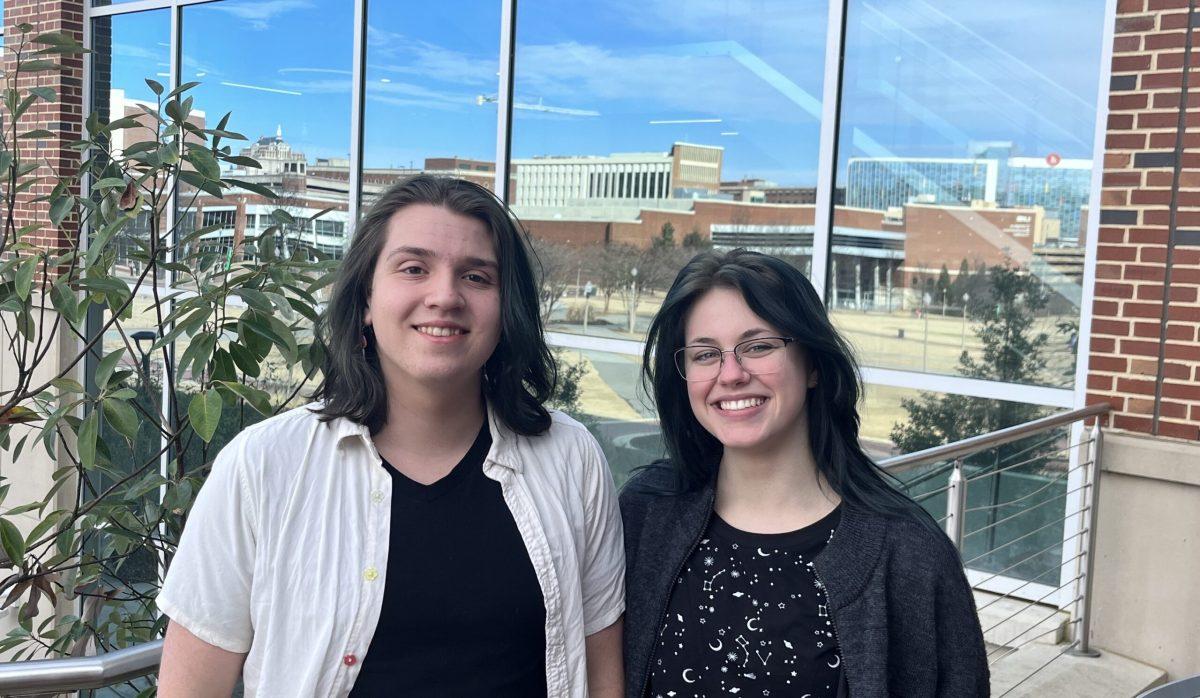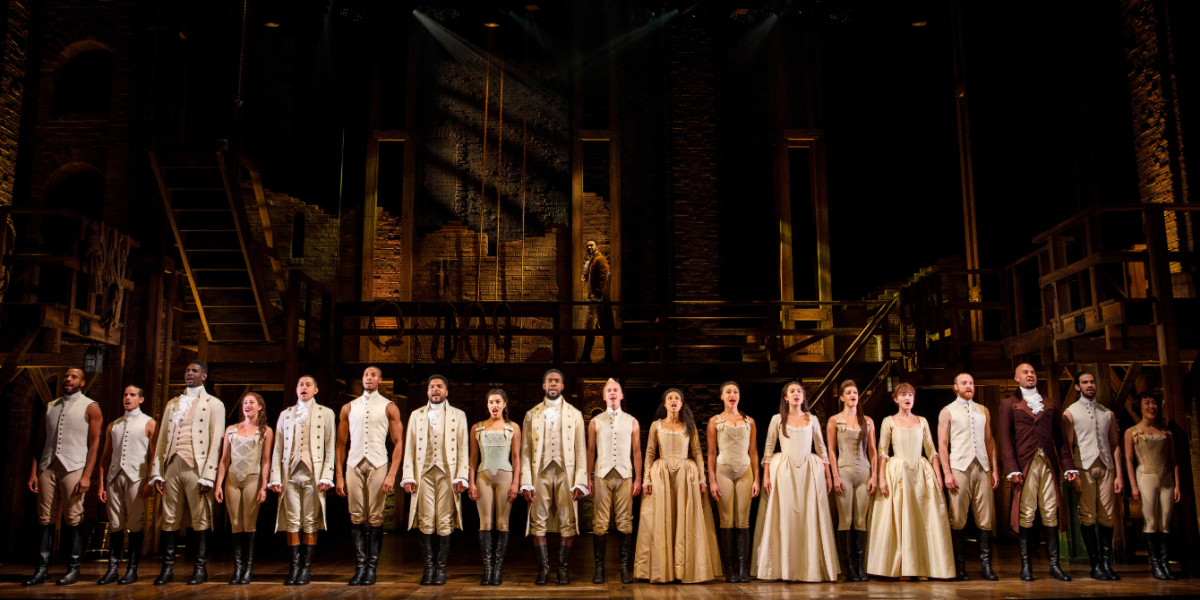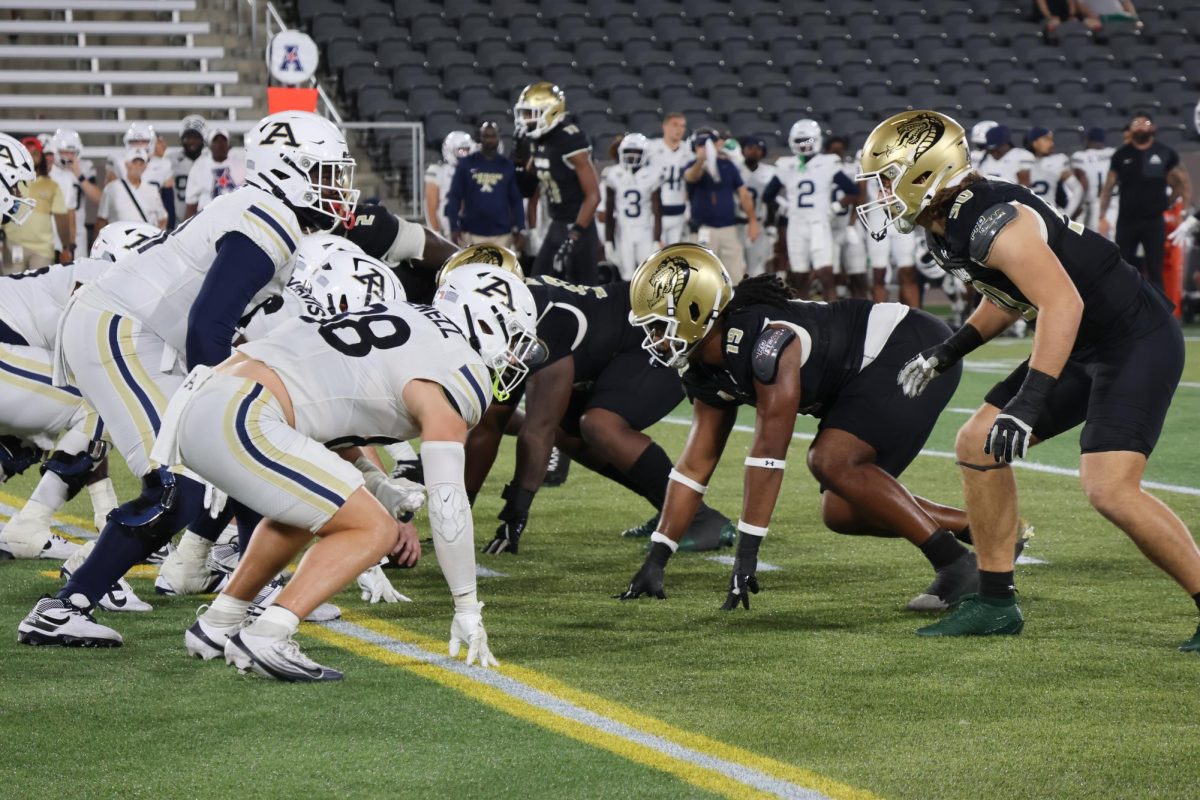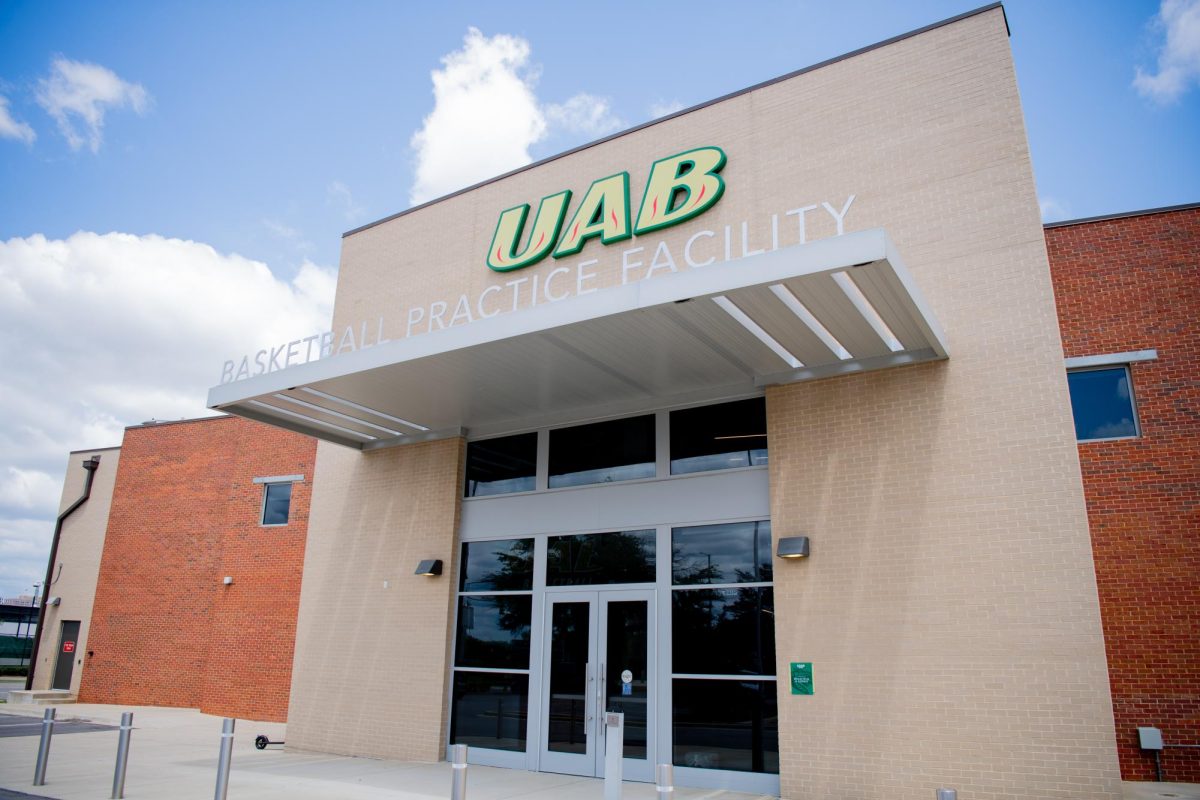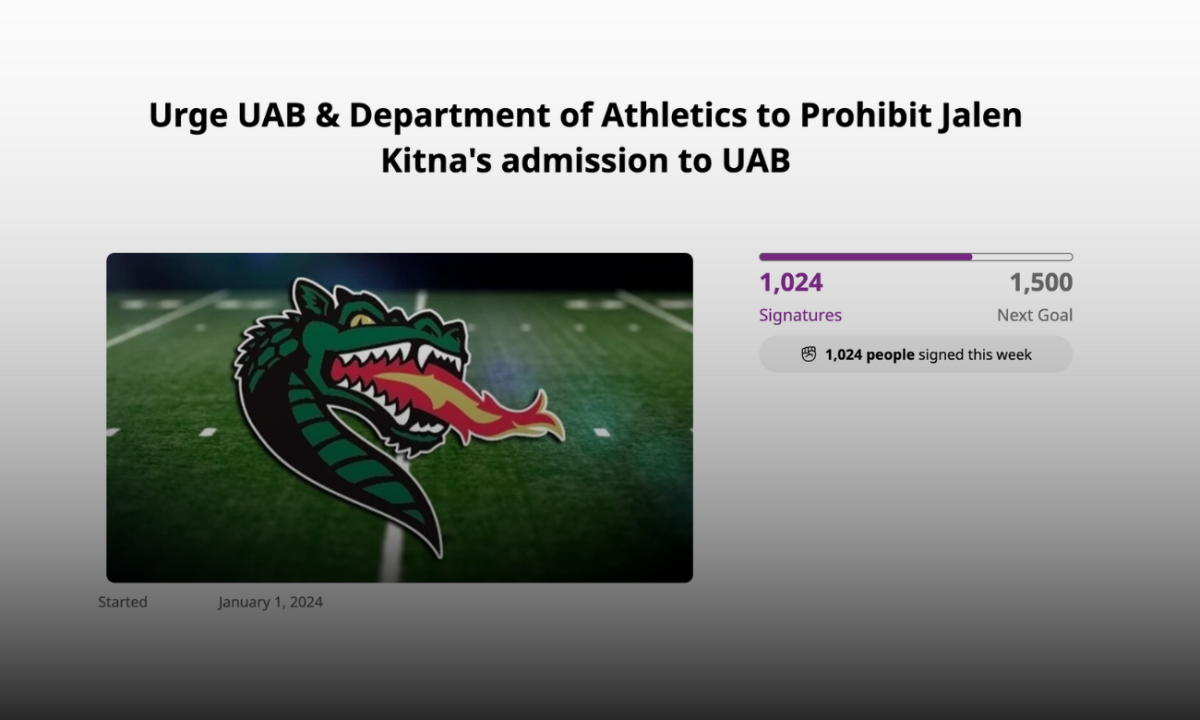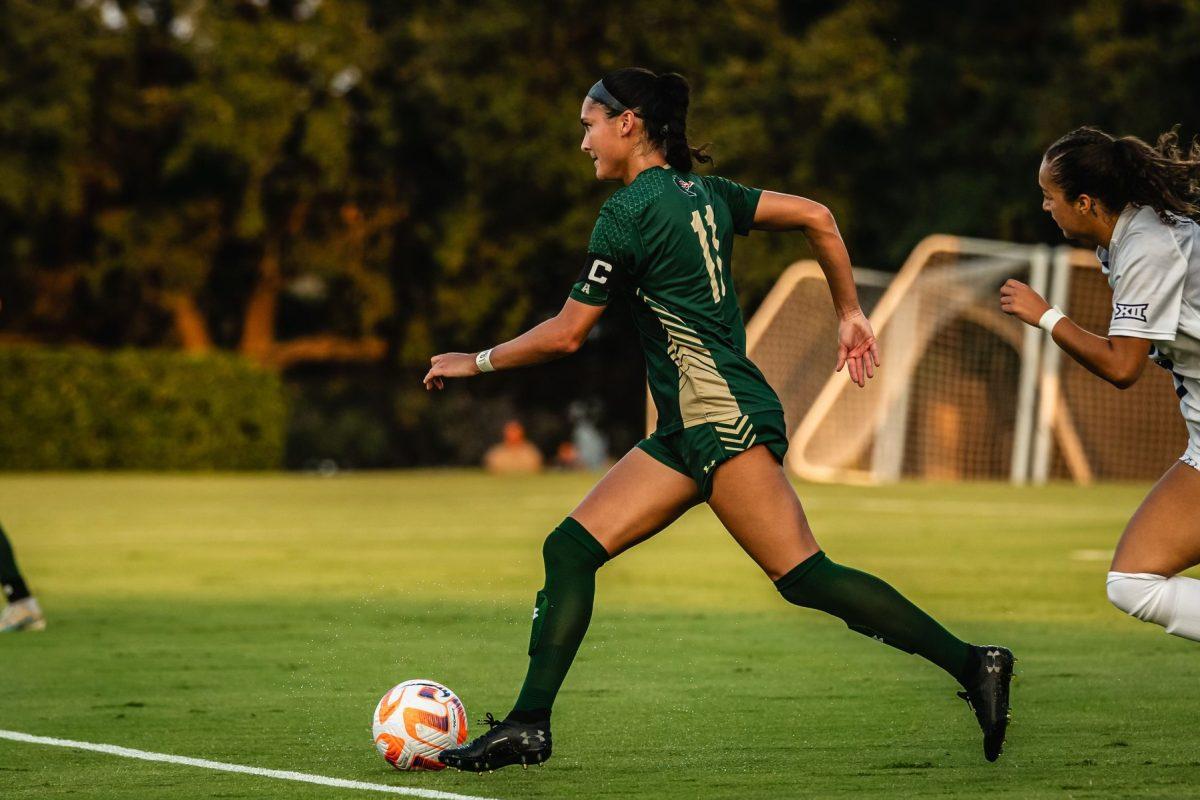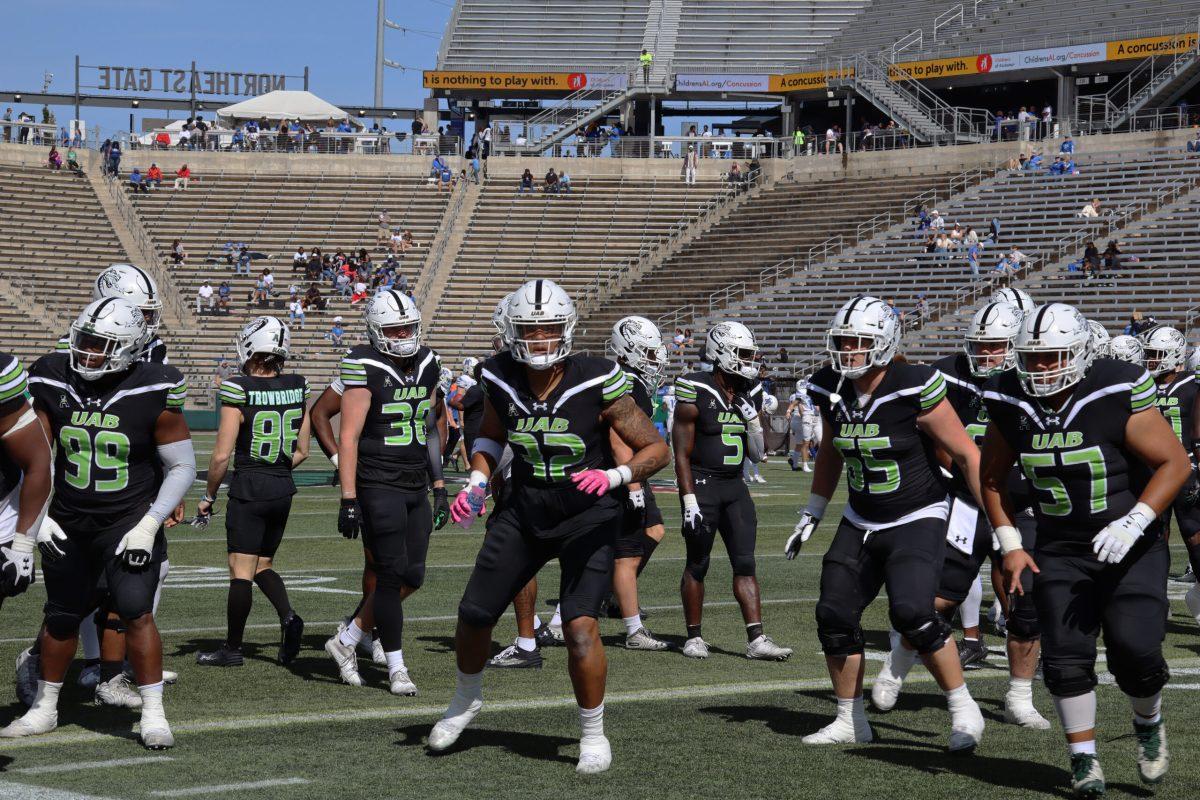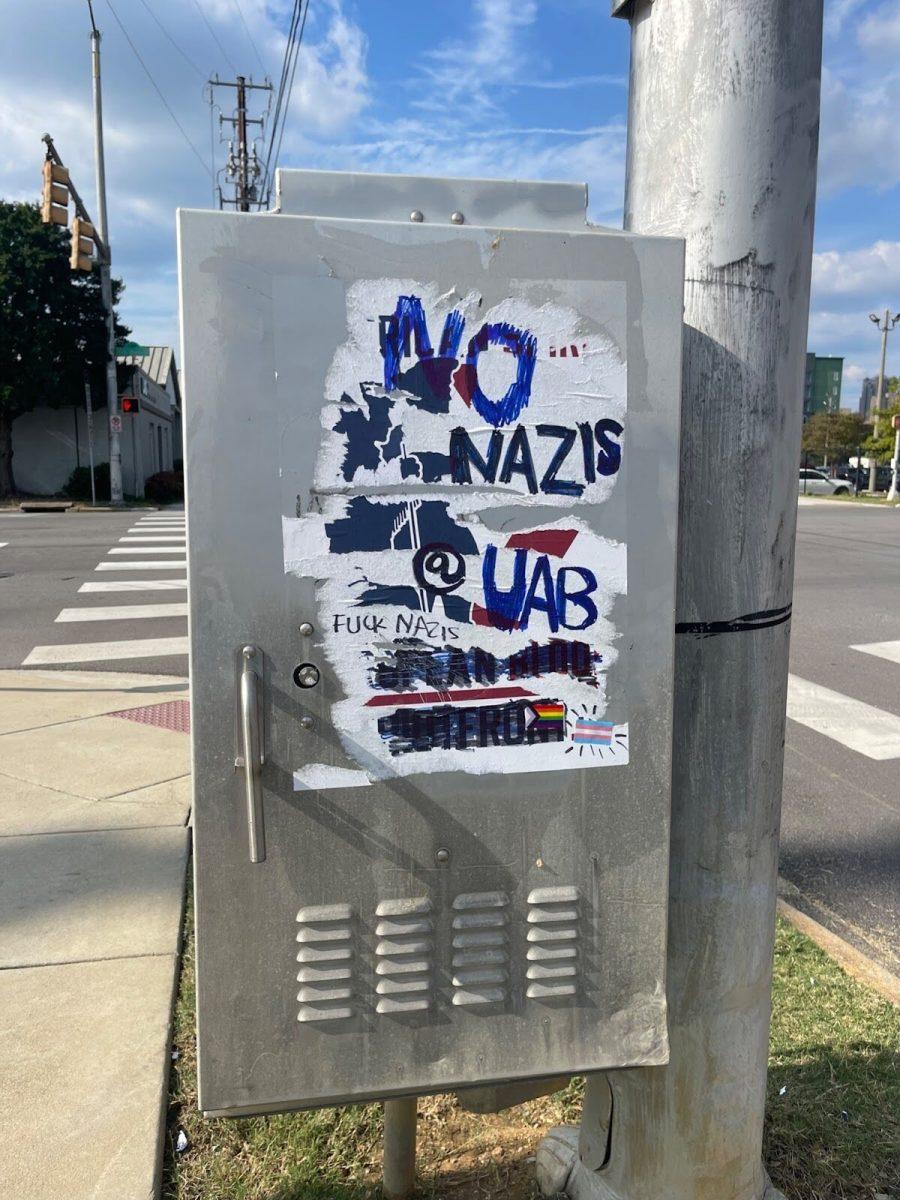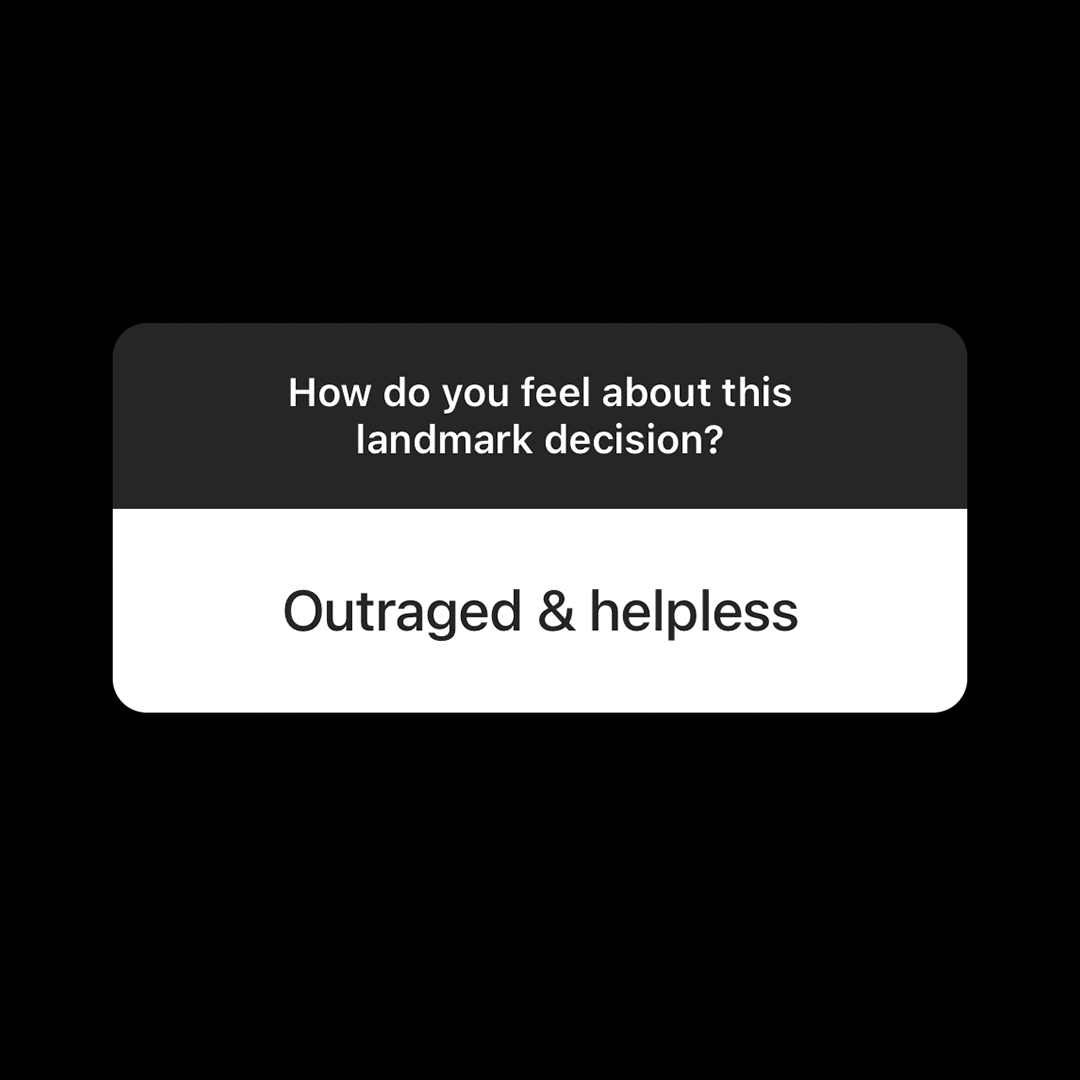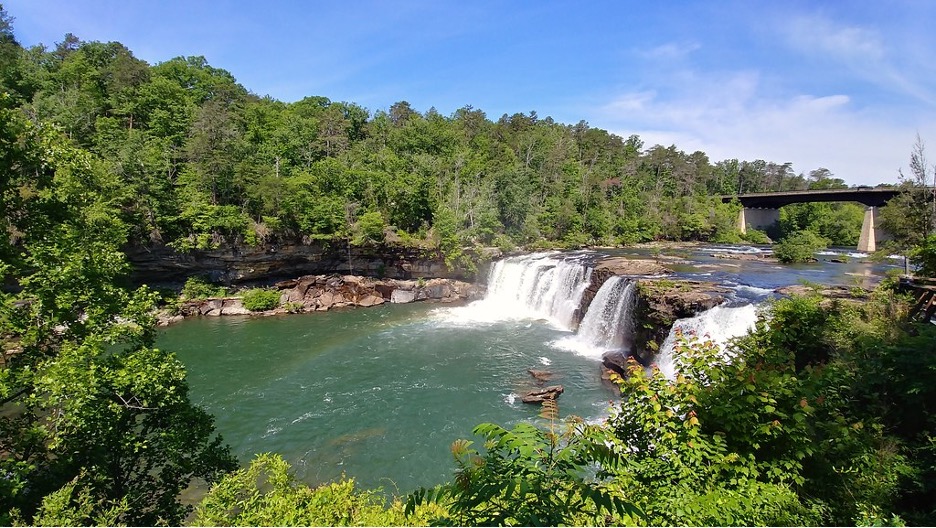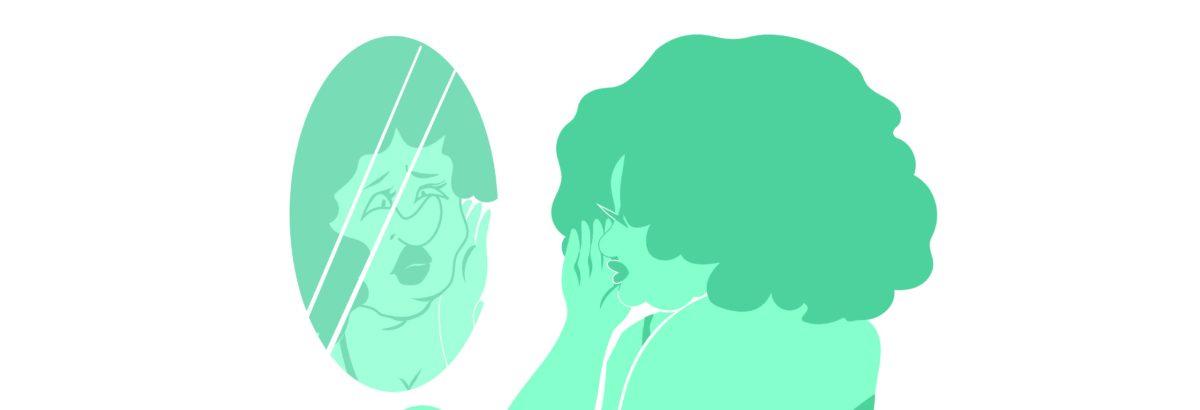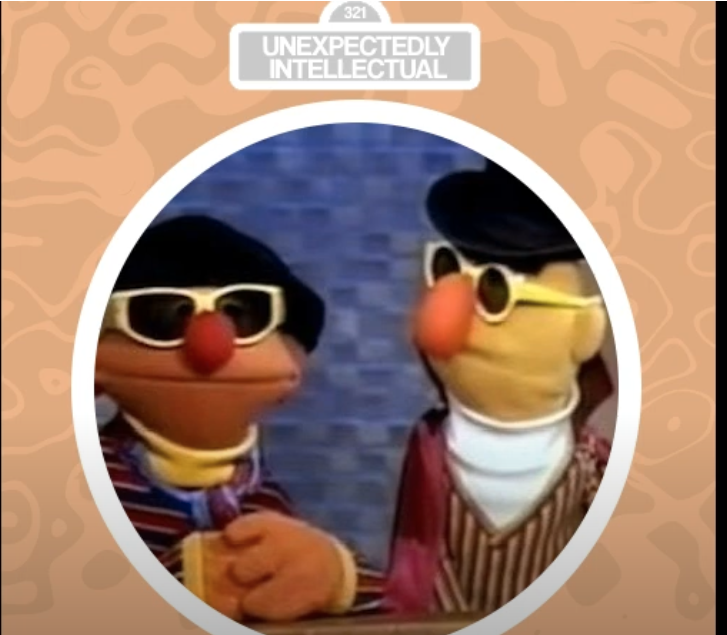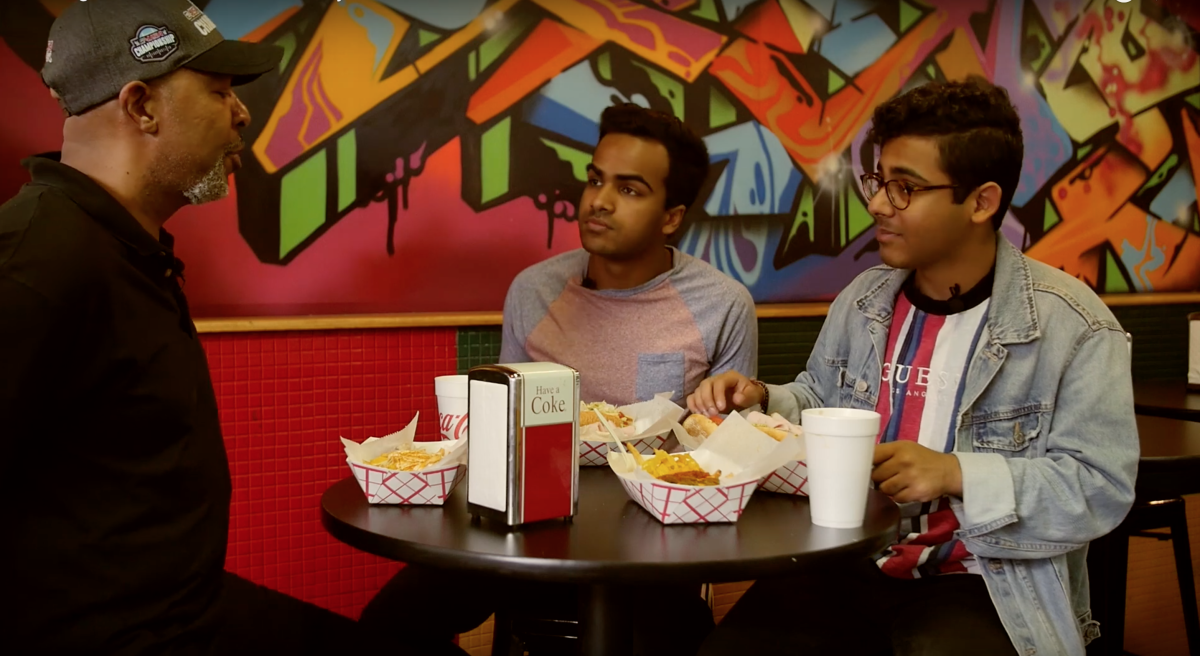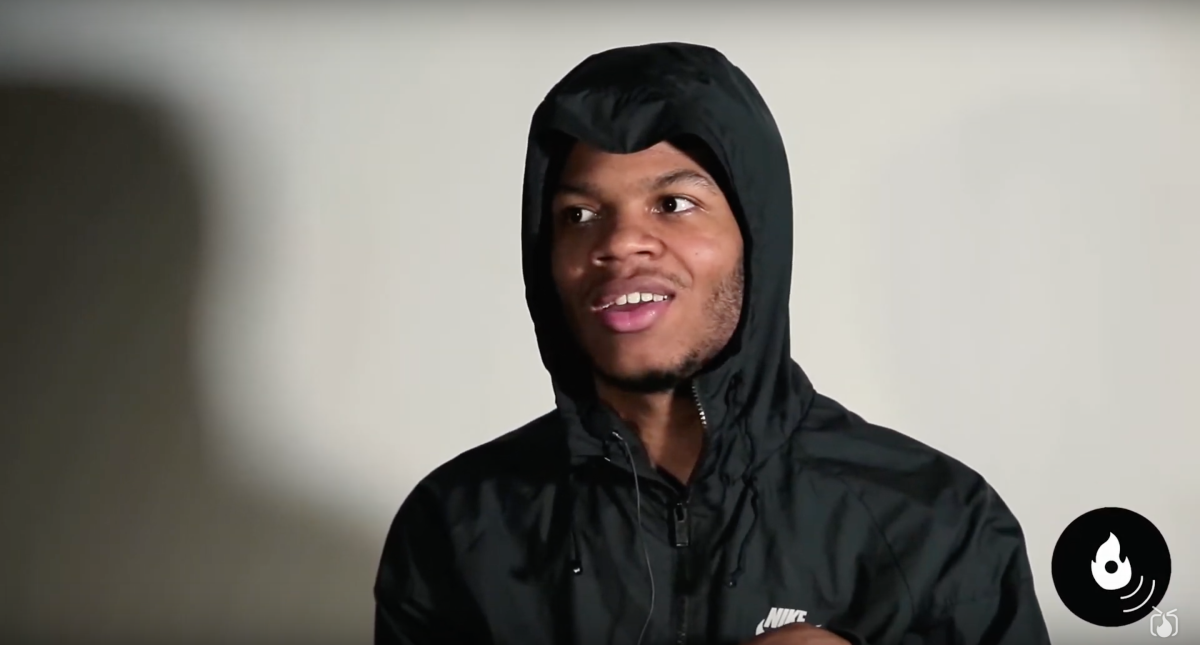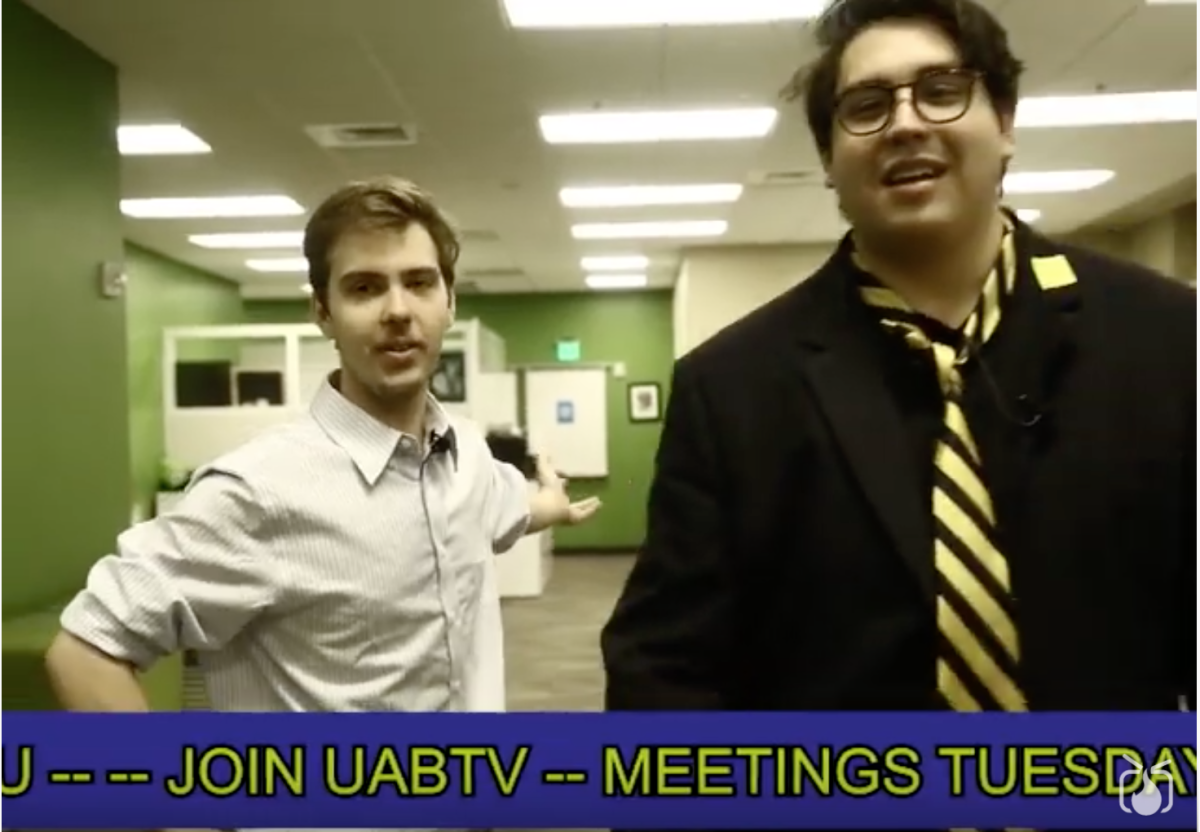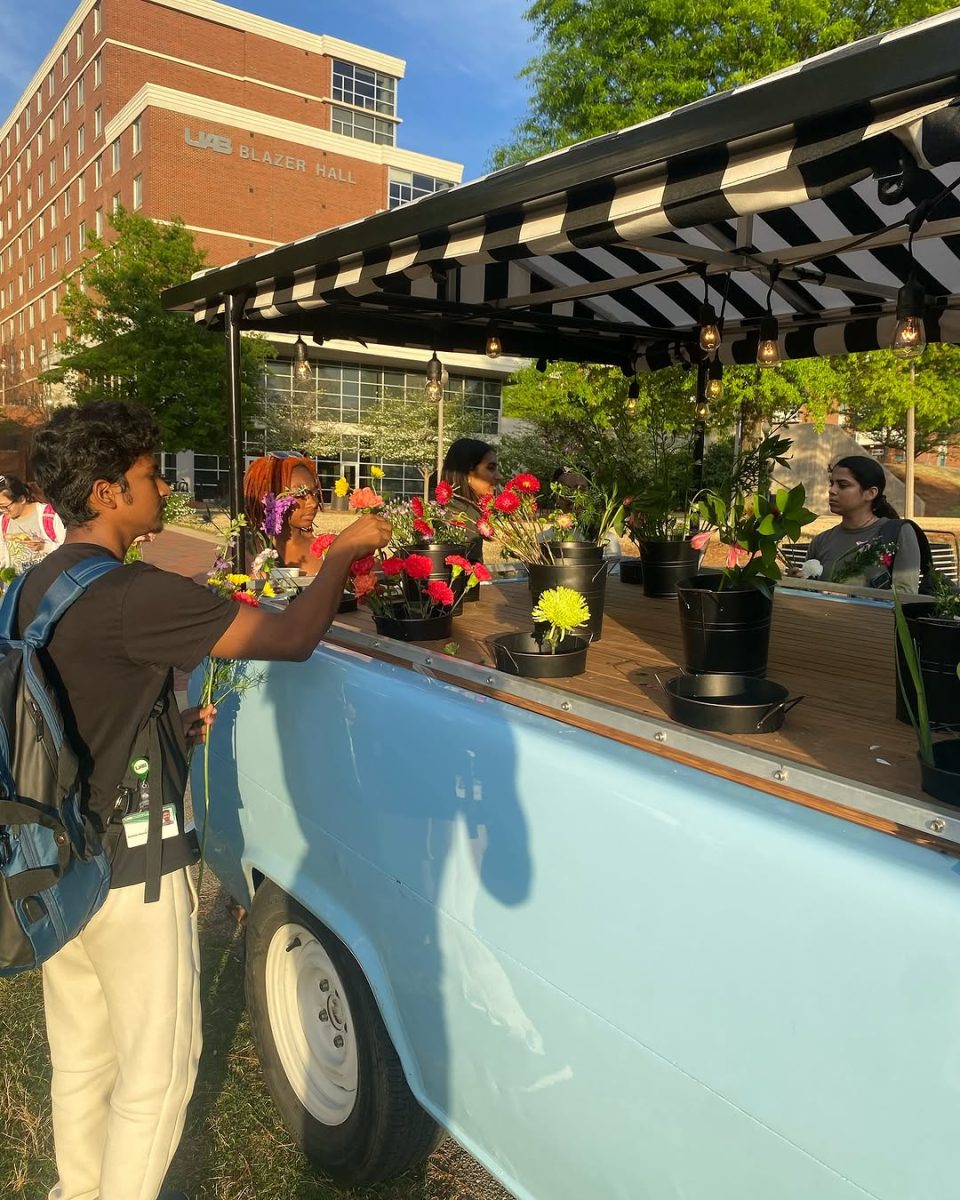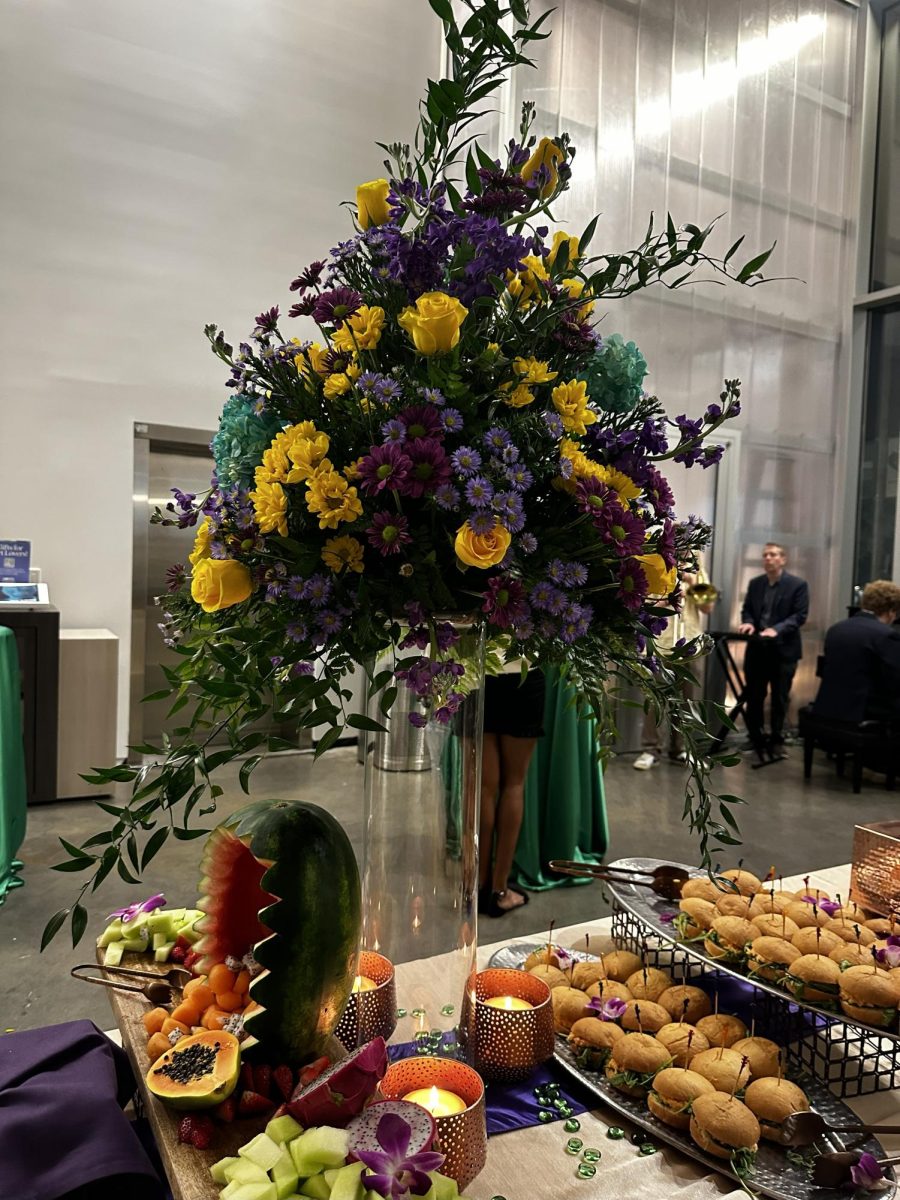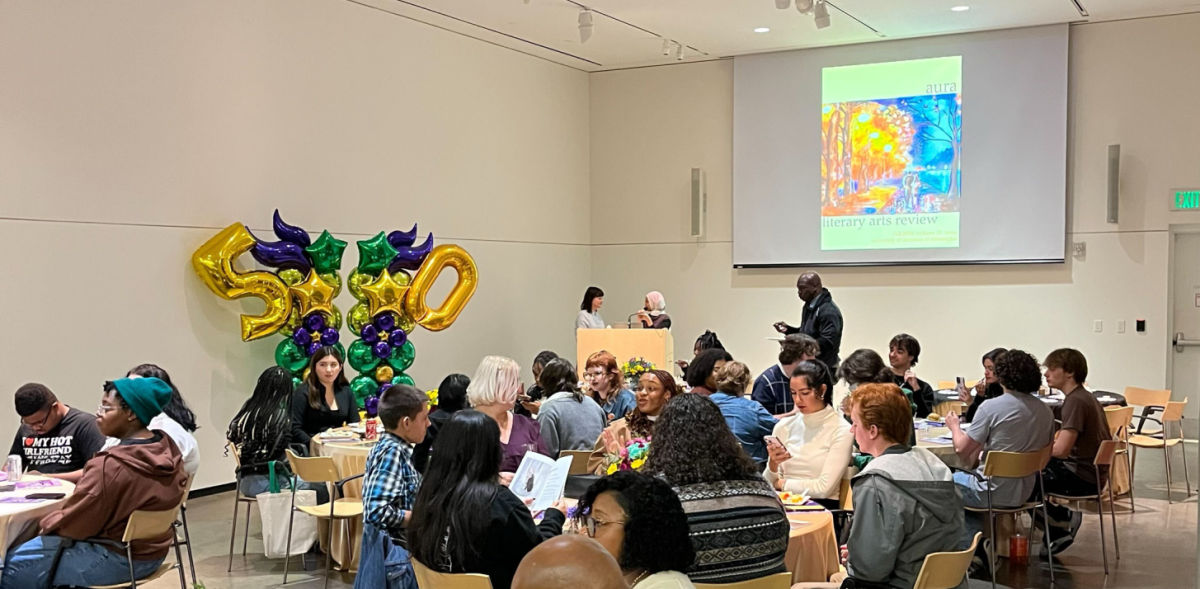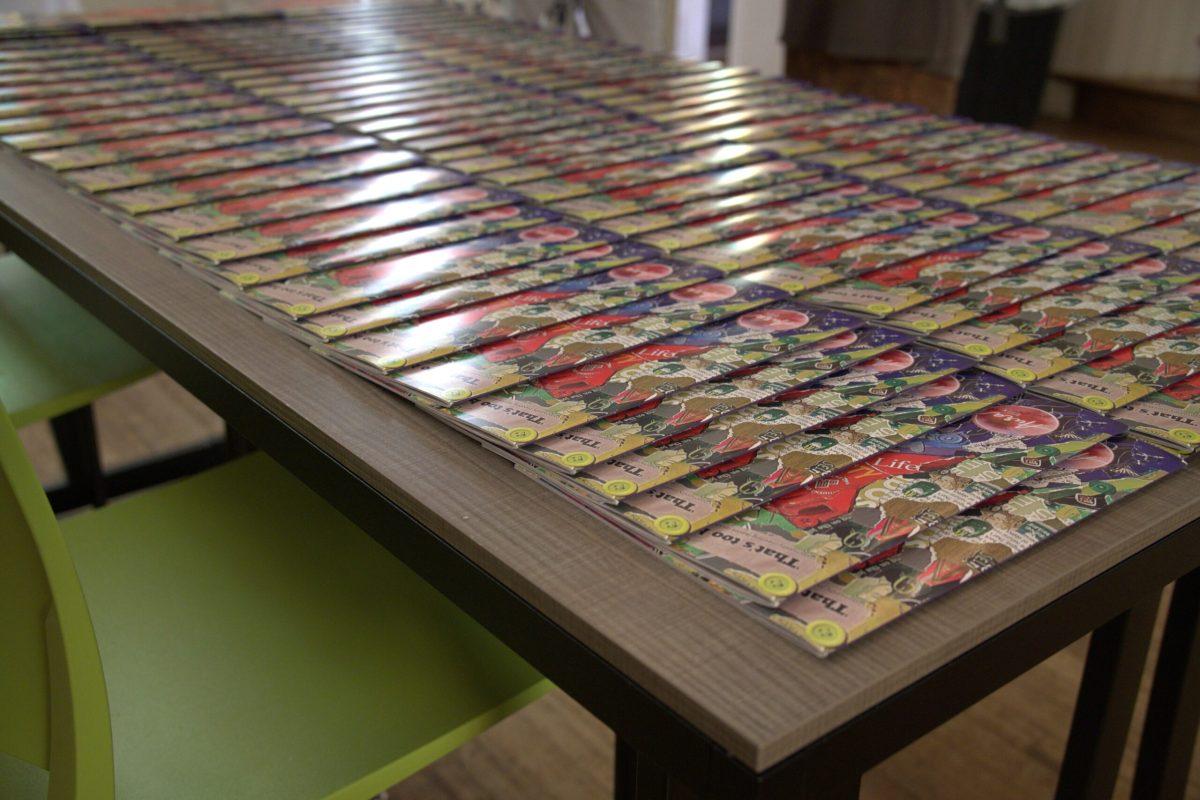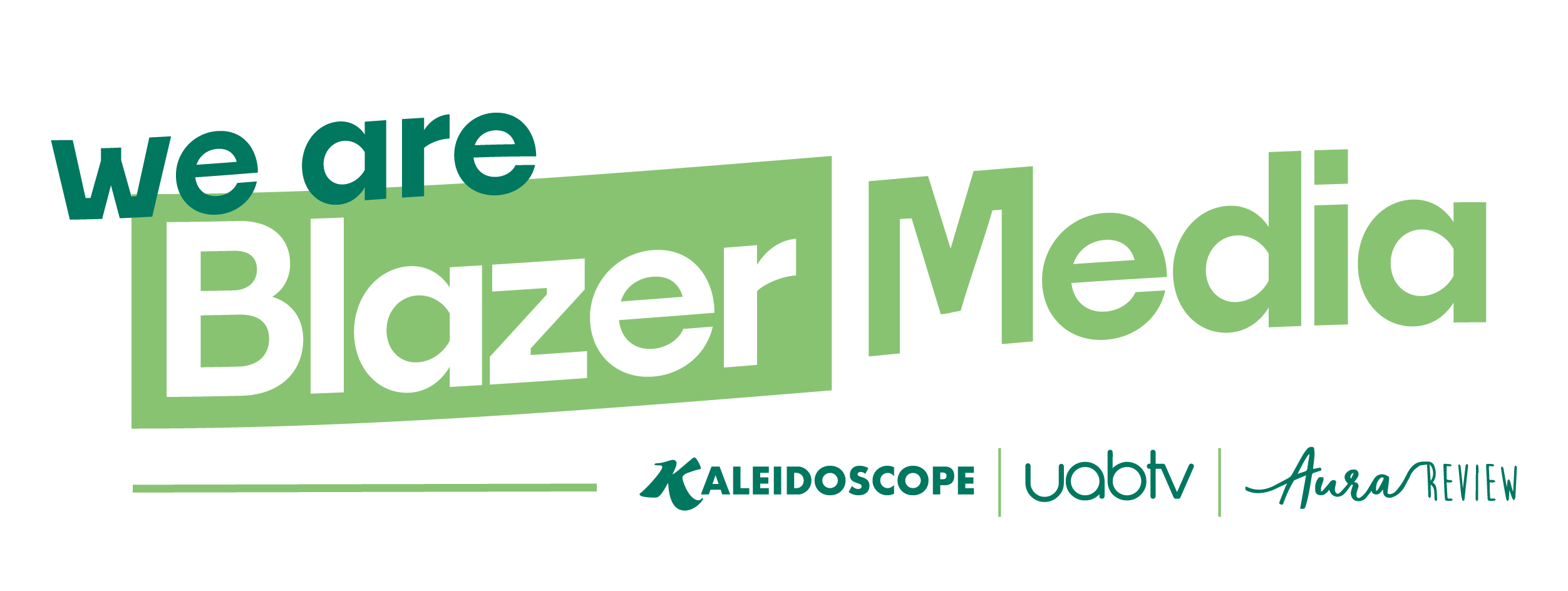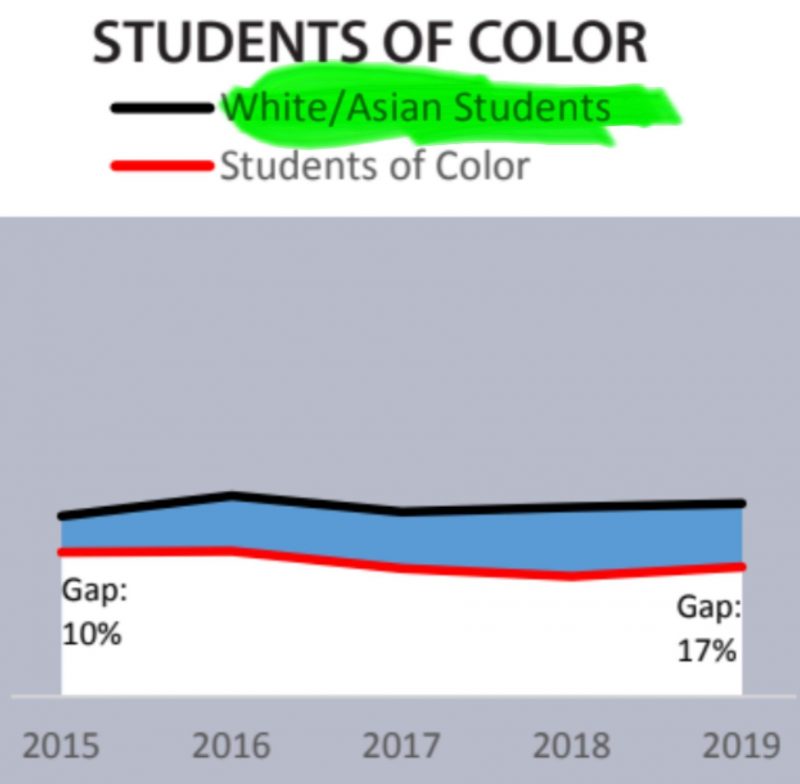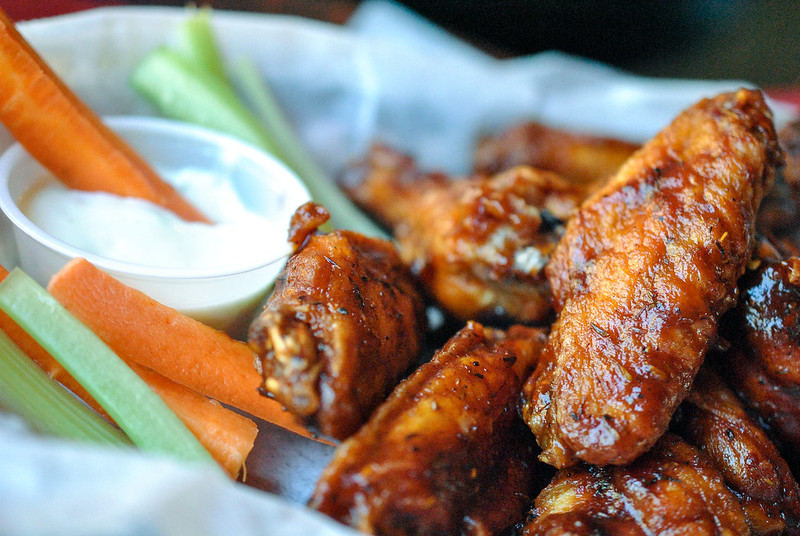Asian Americans will never be “white.” The term “Model Minority” arose during the 1960s as many Chinese and Japanese Americans were congratulated for their perseverance in overcoming racial hardships and achieving success, perhaps even more than their white counterparts.
This has then posed the question if Asian Americans, more specifically if Upper East Asians like Chinese and Japanese immigrants, should be considered “white.” Those groups tend to be over-represented among scientists, engineers, doctors and other skilled professions
A Washington school, North Thurston Public Schools (NTPS), recently grouped their Asian students with their white peers instead of their “Students of Color” category in a performance report, in hopes of highlighting their goal of an “increased growth rate of underperforming groups eliminating achievement and opportunity gaps.”
Using race to divide students of color– which NTPS grouped as Black, Latinx, Native Americans, Pacific Islanders and/or Multicultural– and “white” students brings up notions of segregation and past separations.
This leaves out the South East Asians such as Vietnamese, Hmong, Cambodian and Laotian immigrants who are often employed as low-skilled, less-educated workers– most of whom entered the U.S. as refugees.
In a 2004 article, Min Zhou said “whiteness” has become a hard-to-reach status that many immigrants long to achieve, because those that are considered “white” face a great deal of privilege and an abundance of opportunities.
Min Zhou makes a great point that the model-minority stereotype places expectations onto Asian Americans that funnels them into specific avenues for success, such as math and science.
This explains both why we don’t see many Asian Americans in English or history professions, and why it’s harder for many Asian Americans, like me, to pursue careers outside of these designated fields in fear of facing backlash from our families or communities.
The model-minority stereotype does a great job at showing how Asians’ interactions with the American population has transformed the way other Americans think of them, such as opening local businesses, becoming involved with STEM programs or pursuing high-achieving jobs.
By grouping Asians with whites we once again equate one’s success and achievement to their “whiteness.”
This is also wrong because we play into racial stereotypes, such as the Model Minority.
We ignore the history and struggle of Asian Americans, such as forcing Japanese People into internment camps, the Chinese Exclusion Act that banned new immigrants and existing residents from becoming U.S. citizens or even as recent as President Trump referencing COVID-19 as the “China virus” or “kung flu.”
Another reason why the school system is in the wrong is because it glosses over the increase in Asian American hate crimes, specifically those that have been caused due to COVID-19.
Grouping Asian Americans with the white community makes other white people look better, while raising the notoriety and prestige that is associated with Asian Americans.
This forces minority groups against each other, reinforcing anti-Asian and anti-black sentiment within the two communities. Interactions between minority groups have gotten to the point where we have exasperated each other’s struggle in American Society.
Even after NTPS apologized and removed their report the damage is forever ingrained.
Asian Americans will never be “white.”

